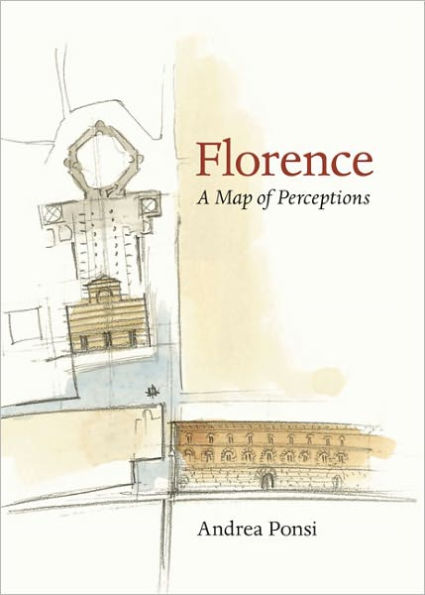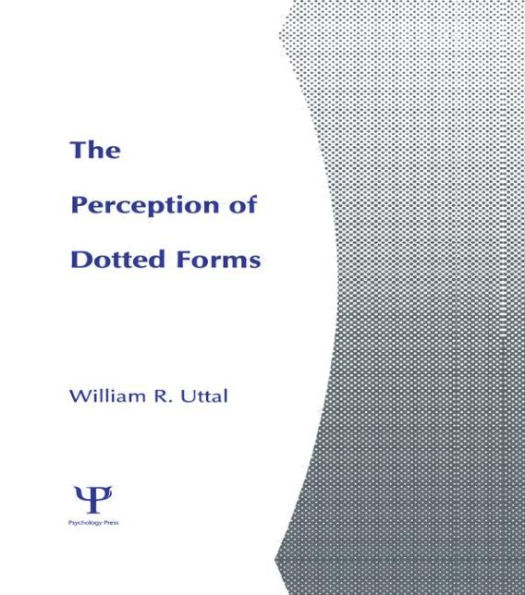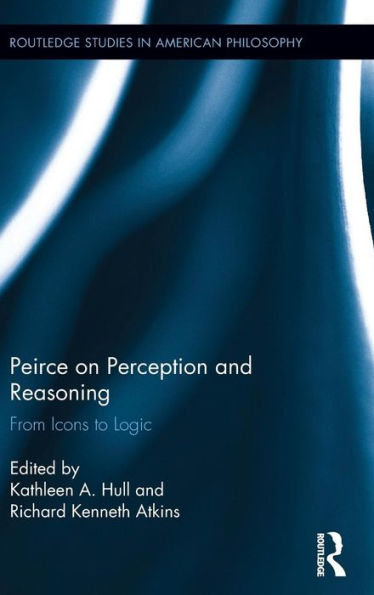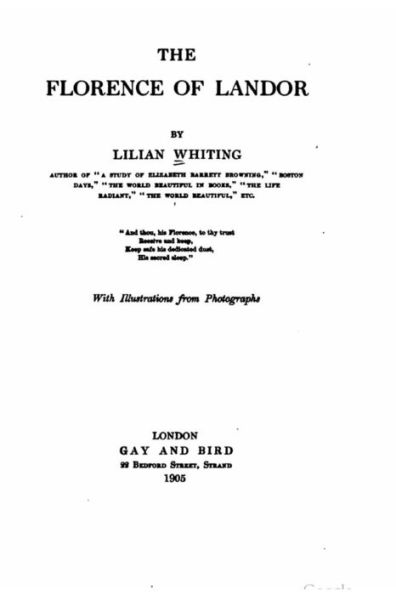Home
Florence: A Map of Perceptions
Barnes and Noble
Loading Inventory...
Florence: A Map of Perceptions in Bloomington, MN
Current price: $14.95


Florence: A Map of Perceptions in Bloomington, MN
Current price: $14.95
Loading Inventory...
Size: OS
Many years have passed since architect Andrea Ponsi settled in Florence, and still he feels he does not fully comprehend this mysterious city. The way Florence eludes understanding, however, can be an opportunityto keep seeking, to keep exploring. Ponsi’s Florence is endlessly suggestive. His tour of the city is one of continually shifting light and perspective, of stunning symmetry and an even more compelling asymmetry, of sudden transitions from bustling streets to the most perfect silence.
While Ponsi does consider such celebrated sites as the Piazza Santa Croce, the Ponte Vecchio, and the Duomo, the book is a decidedly personal view of Florence. The author notes the city’s recurring geometrythe square courtyards, triangular spires, octagonal plaques and pillarsand marvels at a room almost too big to be called a room. He views the city from various terraces and likens the expanse of rising and falling rooftops to ocean waves.Here is Florence as labyrinth, possessing a medieval density that is relieved only by the sudden views of sky framed by its piazzas. Ponsi shows us a six-street intersection and ponders the abundance of acute angles, both indoors and out, in this city of infinite corners.
In Florence, humans and buildings commingle. The author equates haircuts and changes of clothes with fresh coats of paint and re-shingling jobs, and contemplates the way a human hand, feeling its way down a city block, adds to the patina of a stucco wall. Ponsi sees the city itself as a living body, through whose veins its inhabitants course.
This is the way we dream an architect could speak to us, fully communicating his passion. The book’s elegant, concise proseas well as its balance of the civic with the intensely personalrecalls the Calvino of
Marcovaldo
and
Invisible Cities.
The text is accompanied by Ponsi’s own spare but evocative watercolors and sketches, which, like his words, seek to behold rather than pin down. This lyrical tribute is as much an ode to the lost art of contemplation as it is to Florencea city where every moment is different from every other moment.
While Ponsi does consider such celebrated sites as the Piazza Santa Croce, the Ponte Vecchio, and the Duomo, the book is a decidedly personal view of Florence. The author notes the city’s recurring geometrythe square courtyards, triangular spires, octagonal plaques and pillarsand marvels at a room almost too big to be called a room. He views the city from various terraces and likens the expanse of rising and falling rooftops to ocean waves.Here is Florence as labyrinth, possessing a medieval density that is relieved only by the sudden views of sky framed by its piazzas. Ponsi shows us a six-street intersection and ponders the abundance of acute angles, both indoors and out, in this city of infinite corners.
In Florence, humans and buildings commingle. The author equates haircuts and changes of clothes with fresh coats of paint and re-shingling jobs, and contemplates the way a human hand, feeling its way down a city block, adds to the patina of a stucco wall. Ponsi sees the city itself as a living body, through whose veins its inhabitants course.
This is the way we dream an architect could speak to us, fully communicating his passion. The book’s elegant, concise proseas well as its balance of the civic with the intensely personalrecalls the Calvino of
Marcovaldo
and
Invisible Cities.
The text is accompanied by Ponsi’s own spare but evocative watercolors and sketches, which, like his words, seek to behold rather than pin down. This lyrical tribute is as much an ode to the lost art of contemplation as it is to Florencea city where every moment is different from every other moment.
Many years have passed since architect Andrea Ponsi settled in Florence, and still he feels he does not fully comprehend this mysterious city. The way Florence eludes understanding, however, can be an opportunityto keep seeking, to keep exploring. Ponsi’s Florence is endlessly suggestive. His tour of the city is one of continually shifting light and perspective, of stunning symmetry and an even more compelling asymmetry, of sudden transitions from bustling streets to the most perfect silence.
While Ponsi does consider such celebrated sites as the Piazza Santa Croce, the Ponte Vecchio, and the Duomo, the book is a decidedly personal view of Florence. The author notes the city’s recurring geometrythe square courtyards, triangular spires, octagonal plaques and pillarsand marvels at a room almost too big to be called a room. He views the city from various terraces and likens the expanse of rising and falling rooftops to ocean waves.Here is Florence as labyrinth, possessing a medieval density that is relieved only by the sudden views of sky framed by its piazzas. Ponsi shows us a six-street intersection and ponders the abundance of acute angles, both indoors and out, in this city of infinite corners.
In Florence, humans and buildings commingle. The author equates haircuts and changes of clothes with fresh coats of paint and re-shingling jobs, and contemplates the way a human hand, feeling its way down a city block, adds to the patina of a stucco wall. Ponsi sees the city itself as a living body, through whose veins its inhabitants course.
This is the way we dream an architect could speak to us, fully communicating his passion. The book’s elegant, concise proseas well as its balance of the civic with the intensely personalrecalls the Calvino of
Marcovaldo
and
Invisible Cities.
The text is accompanied by Ponsi’s own spare but evocative watercolors and sketches, which, like his words, seek to behold rather than pin down. This lyrical tribute is as much an ode to the lost art of contemplation as it is to Florencea city where every moment is different from every other moment.
While Ponsi does consider such celebrated sites as the Piazza Santa Croce, the Ponte Vecchio, and the Duomo, the book is a decidedly personal view of Florence. The author notes the city’s recurring geometrythe square courtyards, triangular spires, octagonal plaques and pillarsand marvels at a room almost too big to be called a room. He views the city from various terraces and likens the expanse of rising and falling rooftops to ocean waves.Here is Florence as labyrinth, possessing a medieval density that is relieved only by the sudden views of sky framed by its piazzas. Ponsi shows us a six-street intersection and ponders the abundance of acute angles, both indoors and out, in this city of infinite corners.
In Florence, humans and buildings commingle. The author equates haircuts and changes of clothes with fresh coats of paint and re-shingling jobs, and contemplates the way a human hand, feeling its way down a city block, adds to the patina of a stucco wall. Ponsi sees the city itself as a living body, through whose veins its inhabitants course.
This is the way we dream an architect could speak to us, fully communicating his passion. The book’s elegant, concise proseas well as its balance of the civic with the intensely personalrecalls the Calvino of
Marcovaldo
and
Invisible Cities.
The text is accompanied by Ponsi’s own spare but evocative watercolors and sketches, which, like his words, seek to behold rather than pin down. This lyrical tribute is as much an ode to the lost art of contemplation as it is to Florencea city where every moment is different from every other moment.

















